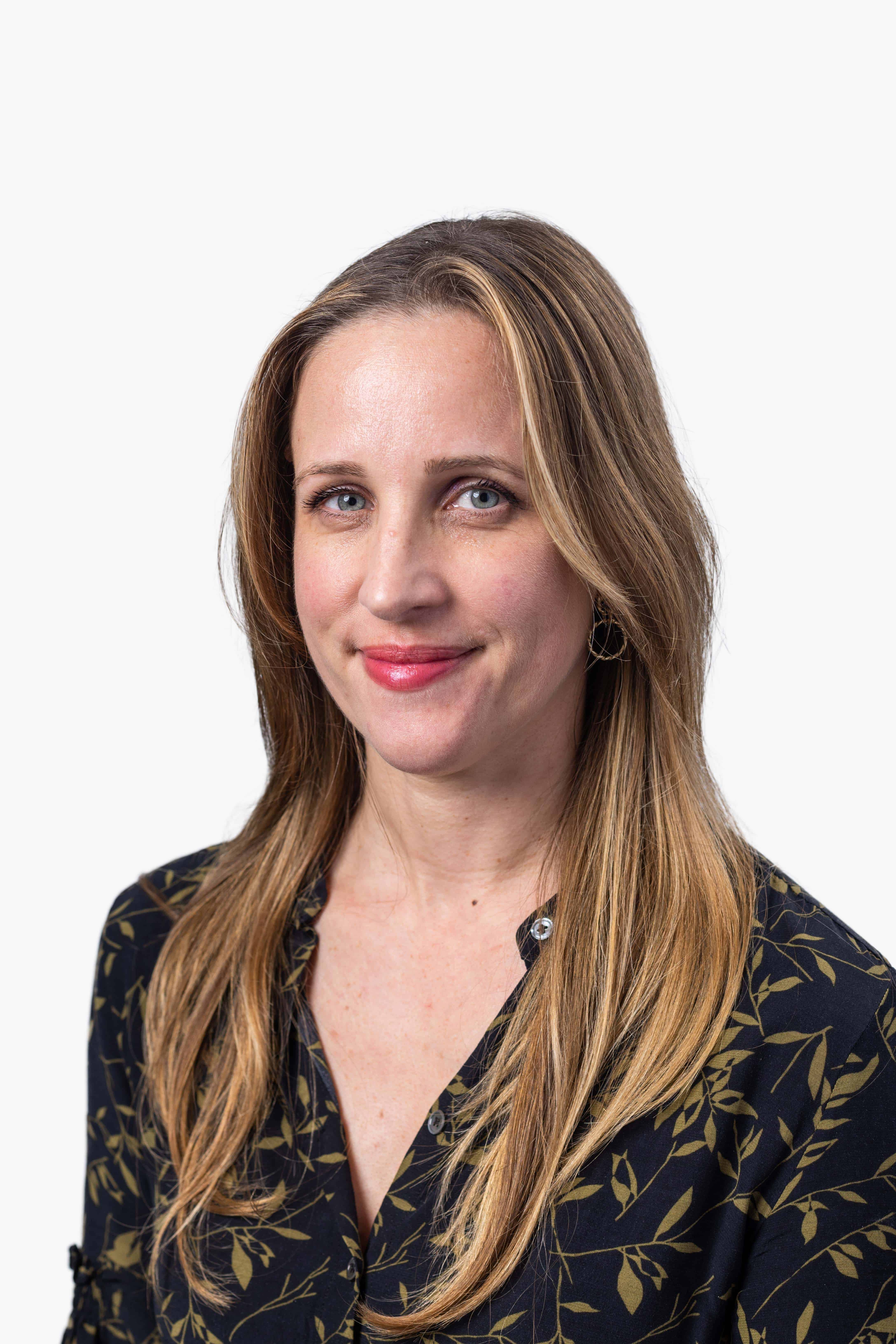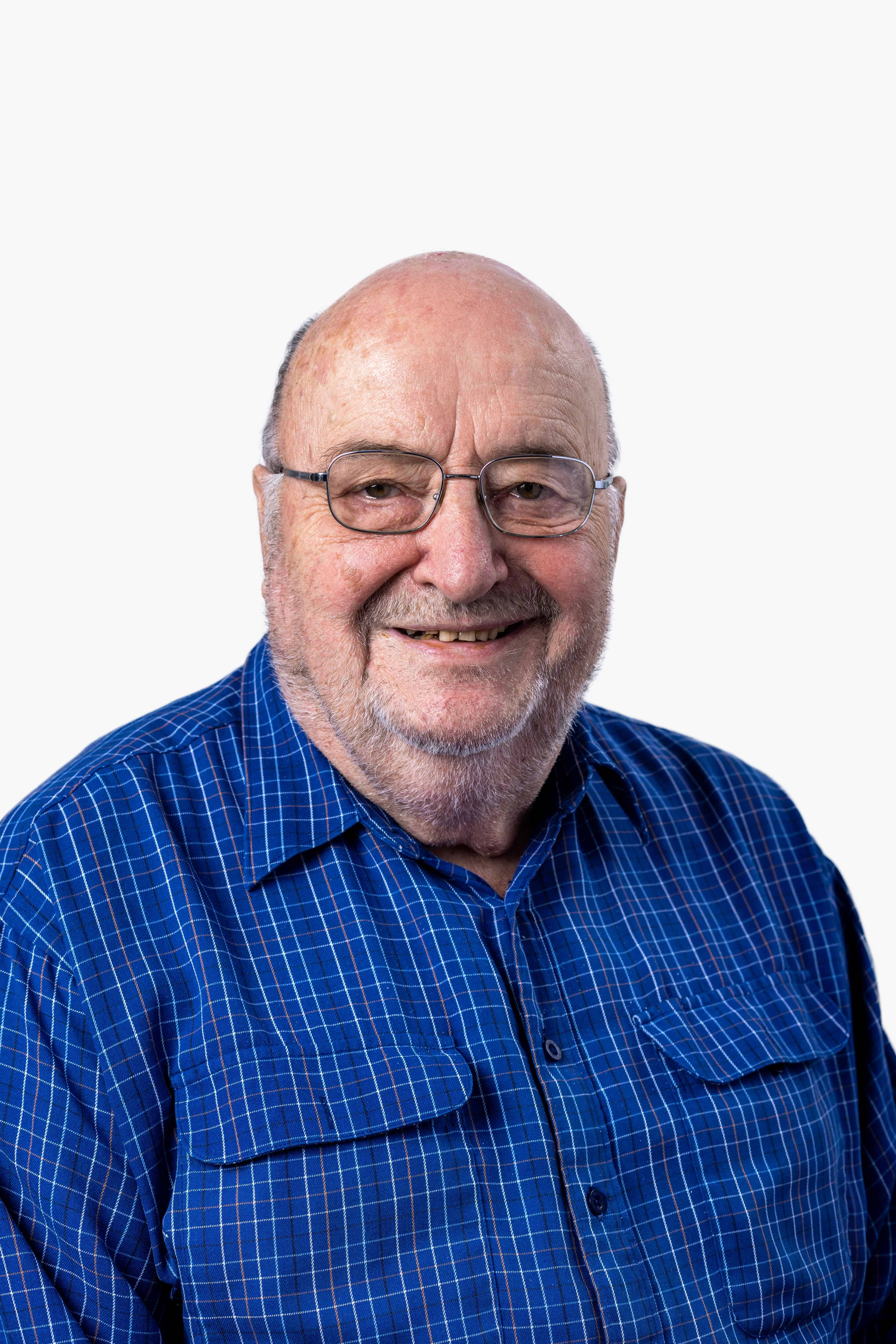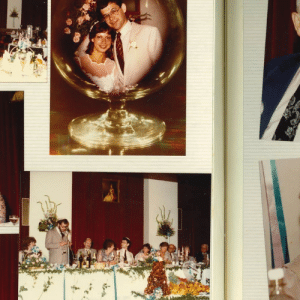Blog
November 28, 2022
What might the future of museum storytelling look like?
We asked some of our experts what preserving, commemorating and educating people about history might look like in the not-too-distant future.
Here’s what they had to say.
Shannon Biederman, Curator Collections

“I see technology paving the way for more immersive and personalised experiences. 3D scanning will create exciting new tactile opportunities for visitors to engage with our collection. Virtual reality is creating new opportunities to experience places significant to the Jewish story at our museum, such as walking through Anne Frank’s annex or exploring synagogues from around the world. It will also give our visitors new opportunities to immerse themselves in Jewish culture. For example, they could be transported to a virtual family Shabbat table, just by putting on a VR headset. Augmented reality will enable us to add depth and layers of meaning to our exhibits, particularly by connecting testimony and historical sites to our collections. Other kinds of interactive technologies will allow visitors to guide their own experience to discover stories to create a more personal experience.”
Dr Rebecca Kummerfeld, Head of Education, Wakil Chair of Education

“In the future, learning at the Museum will become a fully immersive, hands-on, multisensory experience. Images and videos will be projected onto tables, walls and floors in tech-enabled workshop spaces. We will further expand our education collection to embrace object-centred learning, creating more personally-relevant educational experiences that can’t be replicated in the classroom. Right now, our programs and spaces are already beyond capacity. Until we start to expand our physical learning environment, virtual learning is a major growth area for the Museum. We also anticipate a point in the coming years when demand for our programs, including Holocaust survivor speakers, moves beyond what we can accommodate with an aging group of survivors. To keep up, we will embrace more immersive technologies like our interactive biographies and include more second and third-generation survivor descendants, to ensure students continue engaging with Holocaust survivor stories in a meaningful way.”
Resident Historian, Emeritus Professor Konrad Kwiet

“While my role as a historian is to look back into the past, the last 30 years have taught me the importance of reflecting on the future. With the passage of time, we will likely continue to see new historical insights and contemporary concerns rewrite historical narratives. New technologies, from interactive biographies to virtual reconstructions, holograms, video games and even innovative architectural designs will continue to transform museum spaces and the voices that tell the stories of the Holocaust. As long as carefully curated displays, educational programs, research and remembrance remain enshrined in the charter of Holocaust museums, we will continue to uphold the ancient tradition of Zachor – remembrance. This will help ensure that the history, stories and lessons of the Holocaust are never forgotten.”






What’s On Newsletter
Keep up to date on all Museum events and exhibitions.